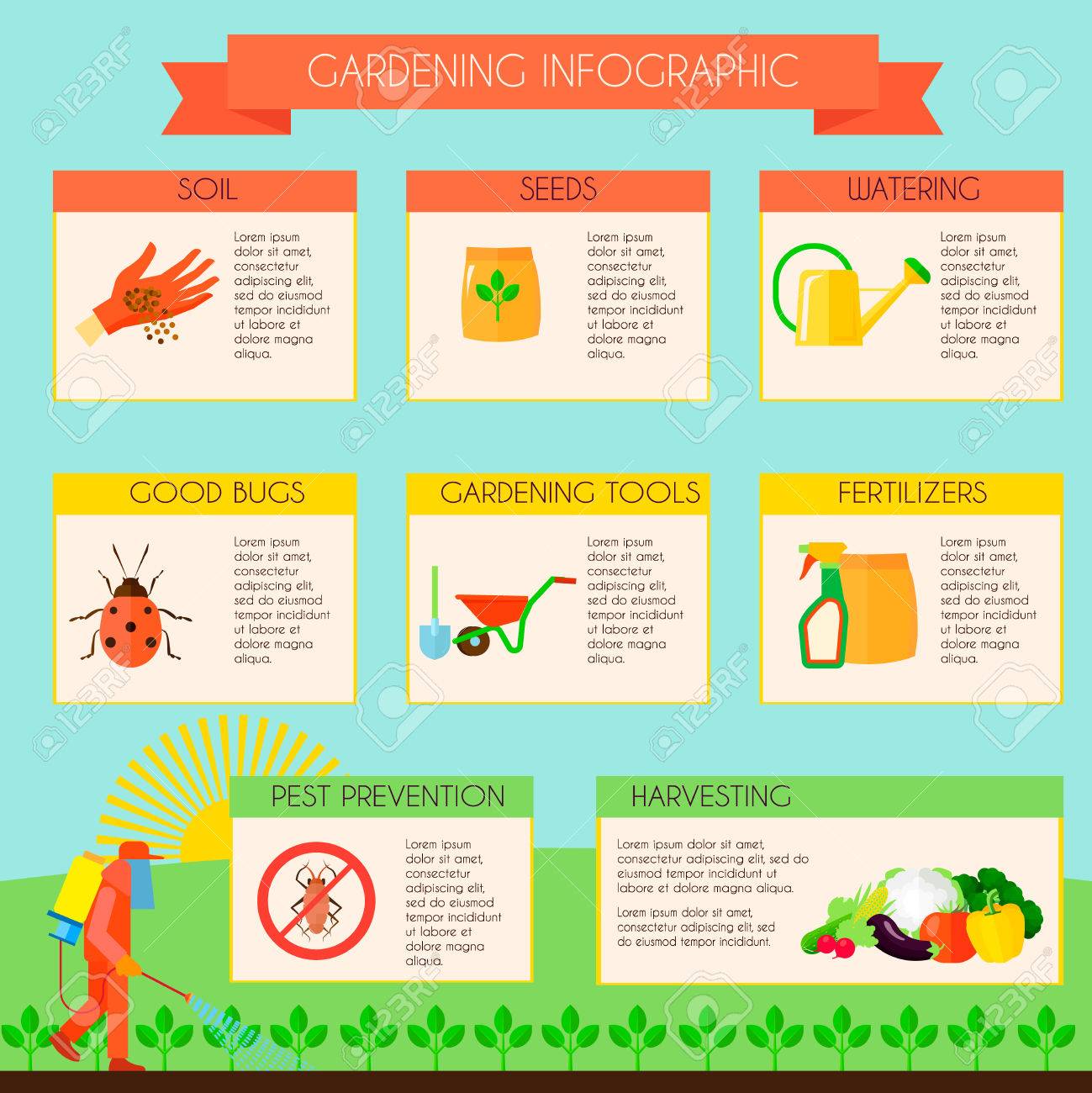Visualize your attic room as a relaxing Airbnb for rodents, with insulation as fluffy as hotel cushions and circuitry extra luring than room solution. Currently, visualize best pest control for roaches tossing a wild event in your house while you're away. As a homeowner, guaranteeing your attic is rodent-proof is not almost comfort; it has to do with protecting your property and liked ones. So, what simple steps can you require to secure your shelter from these hairy intruders?
Check for Entry Details
To begin rodent-proofing your attic room, check for entrance points. Start by carefully taking a look at the exterior of your home, trying to find any type of openings that rodents might make use of to gain access to your attic. Look for best grub killer around utility lines, vents, and pipes, as well as any kind of cracks or openings in the foundation or exterior siding. Make sure to pay attention to areas where different structure products satisfy, as these prevail entry factors for rodents.
Furthermore, examine the roofing for any damaged or missing shingles, along with any kind of gaps around the sides where rodents can squeeze via. Inside the attic, try to find indications of existing rodent task such as droppings, chewed cords, or nesting products. Use a flashlight to thoroughly inspect dark corners and hidden rooms.
Seal Cracks and Gaps
Examine your attic extensively for any type of splits and spaces that require to be secured to avoid rodents from entering. Rodents can squeeze with even the tiniest openings, so it's vital to seal any kind of possible entrance points. Examine around pipes, vents, cords, and where the walls fulfill the roofing. Use a mix of steel wool and caulking to seal these openings efficiently. Steel wool is an excellent deterrent as rats can not eat with it. Make certain that all gaps are tightly sealed to deny access to unwanted bugs.
Don't forget the relevance of sealing voids around windows and doors also. Use weather condition stripping or door moves to seal these areas successfully. Examine the locations where energy lines enter the attic and seal them off making use of an ideal sealant. By taking the time to secure all splits and voids in your attic, you develop a barrier that rats will certainly locate tough to breach. Avoidance is type in rodent-proofing your attic room, so be extensive in your efforts to seal any type of potential access points.
Eliminate Food Resources
Take positive measures to get rid of or store all prospective food sources in your attic room to hinder rodents from infesting the room. Rats are attracted to food, so eliminating their food resources is critical in keeping them out of your attic.
Below's what you can do:
1. ** Store food firmly **: Avoid leaving any kind of food things in the attic. Shop all food in closed containers made of metal or sturdy plastic to stop rats from accessing them.
2. ** Clean up debris **: Get rid of any type of heaps of debris, such as old papers, cardboard boxes, or wood scraps, that rodents can use as nesting product or food sources. Maintain the attic room clutter-free to make it much less attractive to rodents.
3. ** Dispose of trash correctly **: If you utilize your attic room for storage space and have trash or waste up there, ensure to throw away it routinely and properly. Rotting get redirected here can bring in rats, so keep the attic room tidy and without any organic waste.
Final thought
To conclude, keep in mind that an ounce of avoidance deserves an extra pound of remedy when it involves rodent-proofing your attic room.
By putting in the time to evaluate for entry points, seal cracks and spaces, and remove food resources, you can maintain undesirable insects at bay.
home rat control in mind, 'An ounce of avoidance is worth a pound of cure' - Benjamin Franklin.
Keep positive and safeguard your home from rodent problems.
